Introduction
Heart rate variability (HRV) has become a pivotal measure in understanding the interconnectedness of cardiac and cognitive functions. This article explores the role of HRV in cognitive function and neurological research, highlighting its significance as a non-invasive biomarker. HRV analysis provides insights into the autonomic nervous system, reflecting how our brain and heart interact, especially under varying cognitive loads and stressors. As research progresses, the implications of HRV in cognitive assessments, mental health, and neurological disorders are increasingly recognized.
For a deeper understanding of HRV and its implications in health, our Ultimate Understanding Heart Rate Variability (HHRV): A Comprehensive Guide provides a comprehensive overview.
HRV and Cognitive Processes
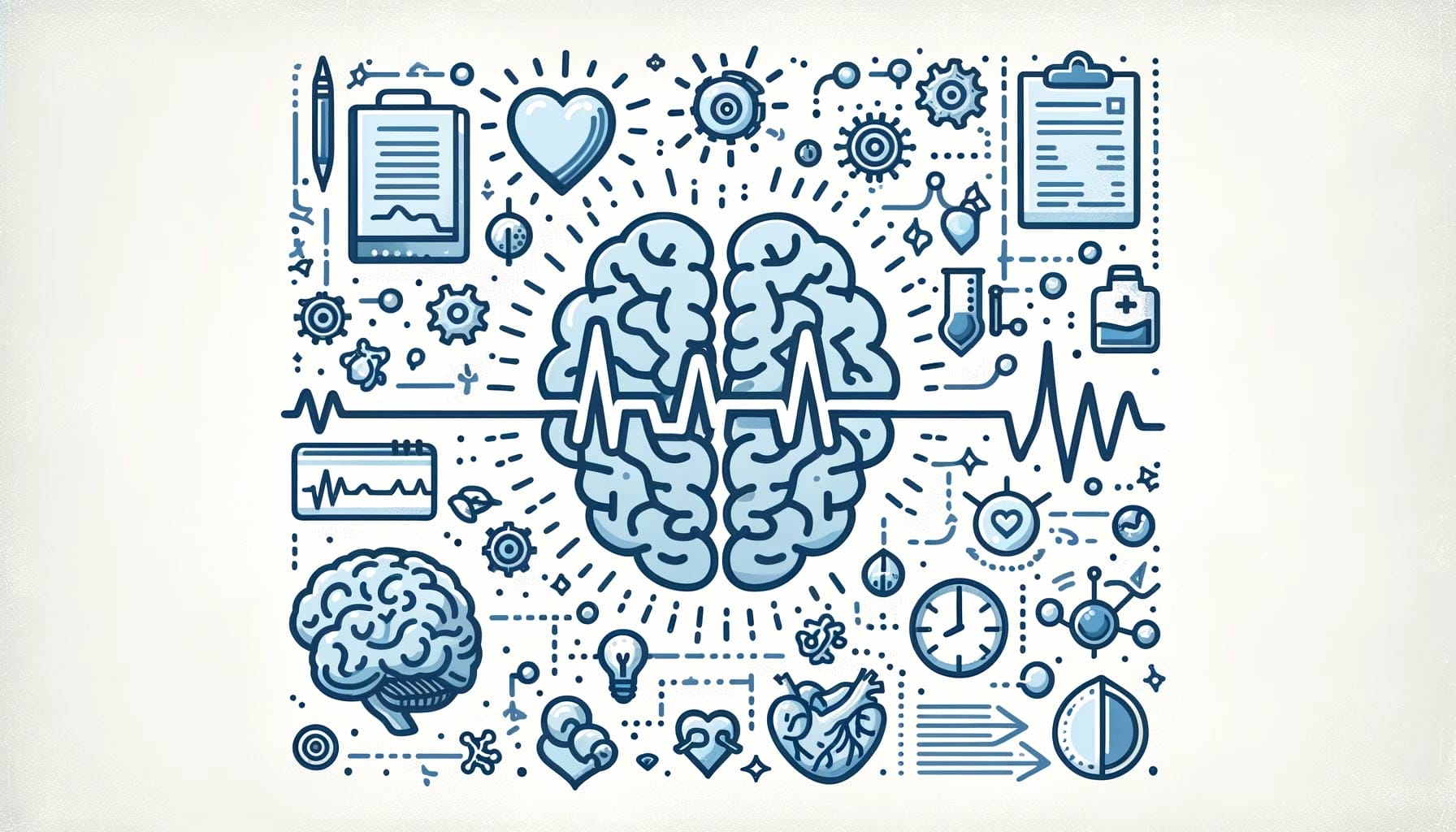
The Heart-Brain Connection
The relationship between the heart and brain is complex and multi-dimensional. HRV serves as a unique bridge between cardiac and cognitive health, offering a non-invasive glimpse into the autonomic nervous system’s functioning. This section explores the physiological mechanisms behind this connection and its implications in understanding cognitive health.
- Autonomic Nervous System and HRV: The autonomic nervous system, comprising the sympathetic and parasympathetic branches, directly influences heart rate patterns. HRV reflects these variations, providing insights into how the body responds to cognitive and emotional stressors.
- HRV and Emotional Regulation: Emotional states have a significant impact on HRV. Research has shown that positive emotions tend to increase HRV, indicating greater resilience and flexibility in the autonomic response. Conversely, negative emotions can lead to reduced HRV, signaling a stressed state.
- Stress Response and HRV: Stress, both physical and psychological, elicits a response from the autonomic nervous system. HRV patterns change in response to stress, with higher stress levels typically leading to lower HRV. This response pattern can be a valuable indicator of an individual’s stress resilience and coping capacity.
- Cognitive Load and HRV: HRV is sensitive to changes in cognitive load. During tasks that require significant mental effort, HRV patterns can alter, reflecting the brain’s demand for more oxygen and energy. This relationship provides a pathway for using HRV as a tool to assess cognitive workload and fatigue.
- Implications in Cognitive Health: The heart-brain connection, as reflected in HRV, has far-reaching implications in cognitive health. By understanding HRV patterns, researchers and clinicians can gain insights into an individual’s cognitive state, stress levels, and overall mental well-being.
“HRV is not just a heart metric; it’s a mirror to our cognitive and emotional world.”
The comprehensive impact of stress and the importance of recovery is further explored in HRV and Mental health: Beyond Stress and Anxiety, which delves into how HRV can guide overall wellness strategies.
HRV in Cognitive Assessment and Research
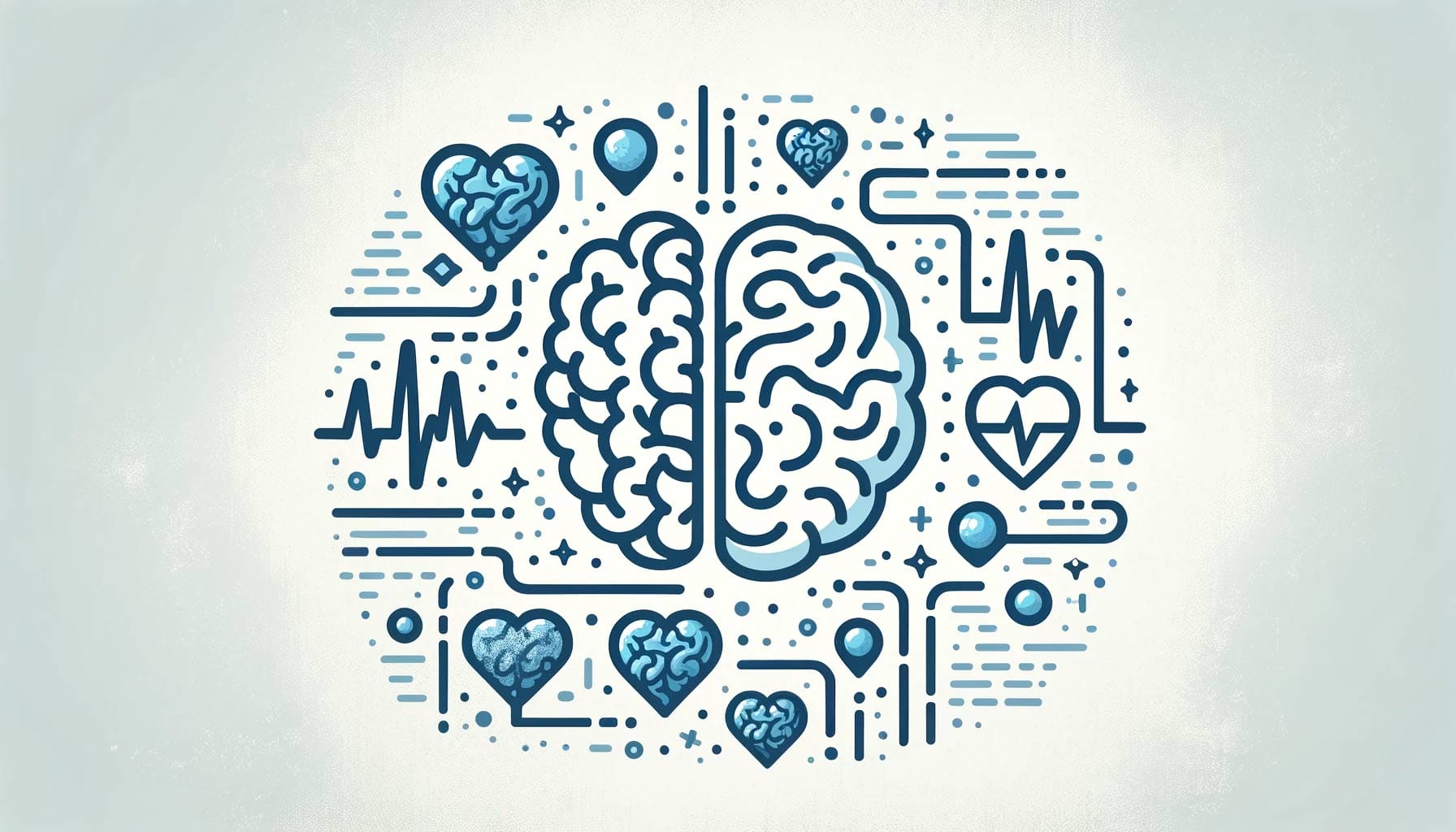
HRV’s role in cognitive research has expanded significantly in recent years. This section delves into how HRV is used to assess cognitive functions such as attention, memory, and decision-making.
- HRV and Attention: Fluctuations in HRV are closely linked to attentional processes. Higher HRV is often associated with better sustained attention and focus. Studies use HRV to understand how attentional mechanisms are influenced under different conditions, including stress and fatigue.
- Memory and HRV: Memory processes, both short-term and long-term, show a relationship with HRV patterns. Research indicates that higher HRV is correlated with better memory performance, suggesting a role of the autonomic nervous system in memory formation and retrieval.
- HRV in Decision Making: Decision-making processes, especially under pressure or in complex situations, can significantly impact HRV. Researchers are exploring how HRV metrics can predict decision-making abilities and the potential stressors that can influence these cognitive processes.
- Cognitive Load Assessment Through HRV: HRV provides a non-invasive method to assess cognitive load. By analyzing HRV patterns, it’s possible to gauge the mental workload and the stress associated with various cognitive tasks.
- Future Directions in Cognitive HRV Research: The potential of HRV in cognitive research is vast. Future research is poised to explore deeper into the nuances of how HRV can be used to predict cognitive performance, assess mental health conditions, and even in neurofeedback and cognitive training programs.
“Through HRV, we can decode the language of the heart to understand the mind.”
For a broader view of HRV’s role in psychological health, the article HRV The Role of HRV in Psychological Research: Uncovering Mental Health Insights offers valuable insights into how HRV is used to understand and manage mental health conditions.
HRV in Neurological Health
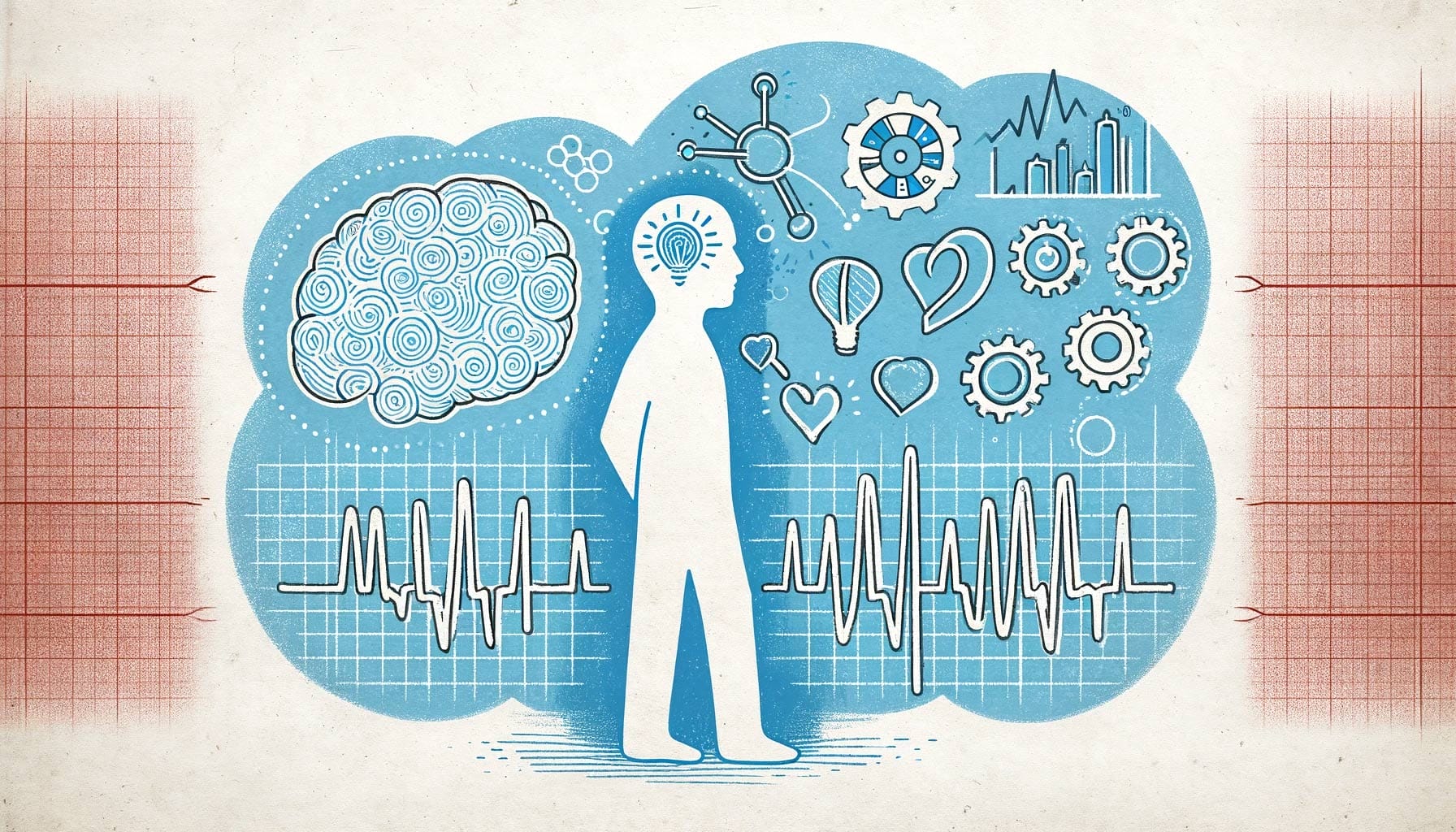
The utility of HRV extends beyond cognitive functions to encompass various aspects of neurological health. This section explores how HRV measurements are becoming instrumental in the diagnosis and monitoring of neurological disorders.
- HRV in Neurodegenerative Diseases: Studies have demonstrated altered HRV patterns in conditions like Parkinson’s disease and Alzheimer’s, suggesting potential early biomarkers for these diseases.
- Epilepsy and HRV: Fluctuations in HRV are observed in patients with epilepsy, indicating potential predictive markers for seizure events.
- HRV in Stroke Recovery: HRV analysis has been used to assess autonomic function in stroke patients, aiding in rehabilitation strategies and recovery monitoring.
- Autonomic Dysfunctions: HRV is crucial in diagnosing and managing various autonomic dysfunctions, offering insights into the balance between sympathetic and parasympathetic activities.
- Mental Health Applications: Beyond neurological disorders, HRV is increasingly recognized in the context of mental health, particularly in conditions like anxiety and depression.
“HRV provides a window into the neurological health, offering insights previously unattainable through traditional methods.“
The use of HRV in clinical practice for respiratory diseases is further illustrated in our article on HRV in Respiratory Health and Disease Management, Management highlighting its growing importance in healthcare.
HRV as a Neurological Tool
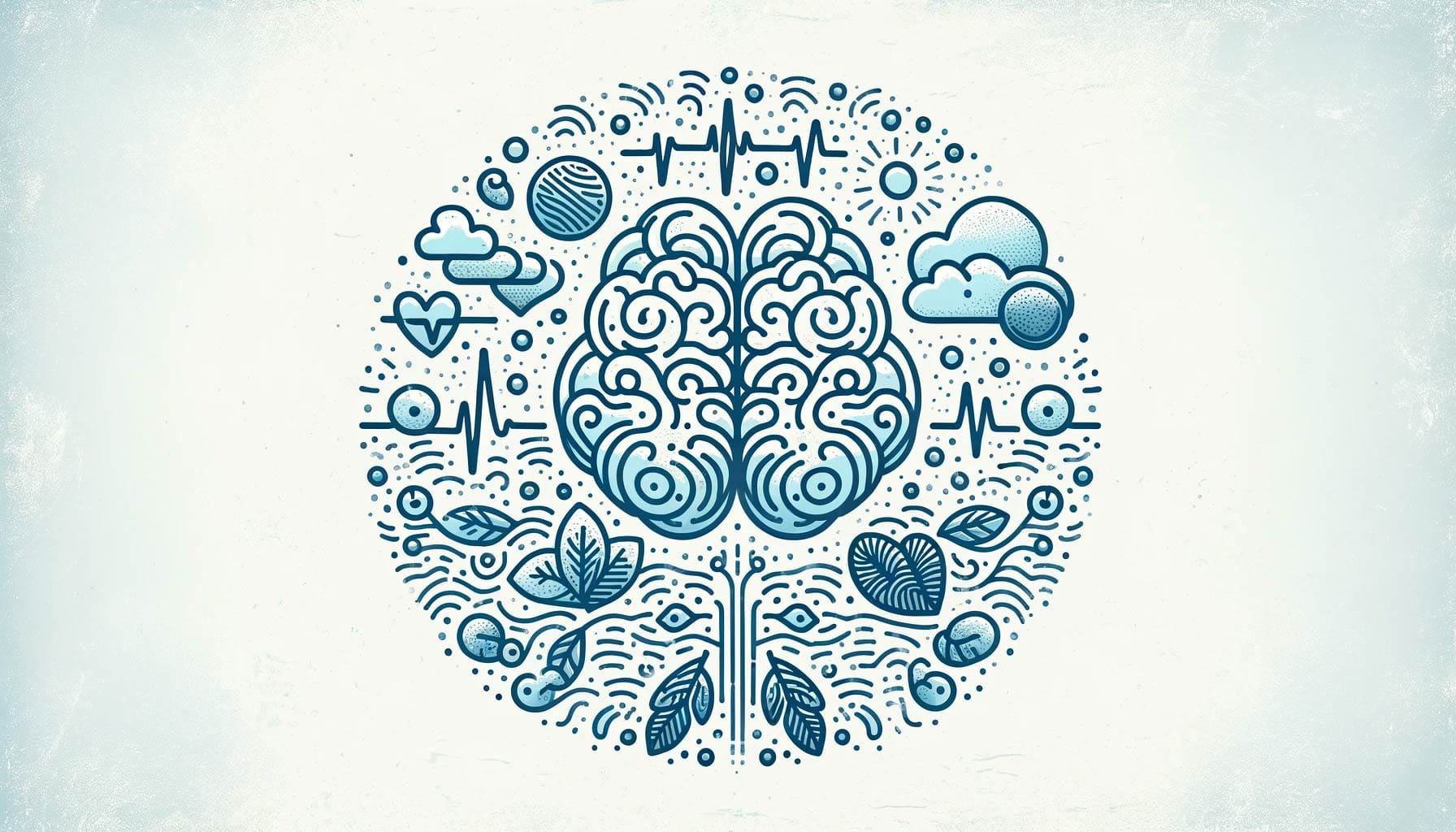
This section delves into the practical applications of HRV as a diagnostic and monitoring tool in neurological research and clinical practice.
- Diagnostic Potential: HRV’s ability to reflect autonomic nervous system activity makes it a valuable tool for diagnosing various neurological conditions.
- Monitoring Disease Progression: Regular HRV monitoring can help track the progression of neurological disorders, offering insights into the efficacy of treatments and interventions.
- Personalized Medicine: HRV data can aid in developing personalized treatment plans, tailored to the individual’s specific autonomic profile.
- Research Applications: In research settings, HRV is used to explore the underlying mechanisms of neurological diseases, contributing to the development of new therapies and interventions.
- Clinical Implications: For clinicians, HRV offers a non-invasive, cost-effective method to assess and monitor neurological health in patients.
“HRV, in its simplicity and depth, offers a new frontier in neurological research and clinical practice.“
Discover how heart rate variability is revolutionizing personalized medicine in our article, “HRV and Personalized Medicine: Tailoring Health Strategies for Individual Needs“.
Future Prospects
The future of HRV in cognitive function and neurological research is promising, with potential advancements and applications on the horizon.
- Technological Innovations: Advances in wearable technology and data analytics are expected to make HRV monitoring more accessible and accurate.
- Integration with Other Biomarkers: Combining HRV data with other biomarkers could enhance the understanding and management of neurological conditions.
- Expanded Research: Ongoing research is likely to uncover new applications of HRV in various cognitive and neurological contexts.
- Personal Health Monitoring: The role of HRV in personal health and wellness apps is expected to grow, aiding individuals in monitoring their cognitive and neurological health.
- Global Health Implications: HRV’s non-invasive nature makes it a valuable tool in global health initiatives, particularly in areas with limited access to advanced medical technologies.
“The future of HRV in cognitive and neurological research is not just promising; it’s already unfolding.”
Conclusion
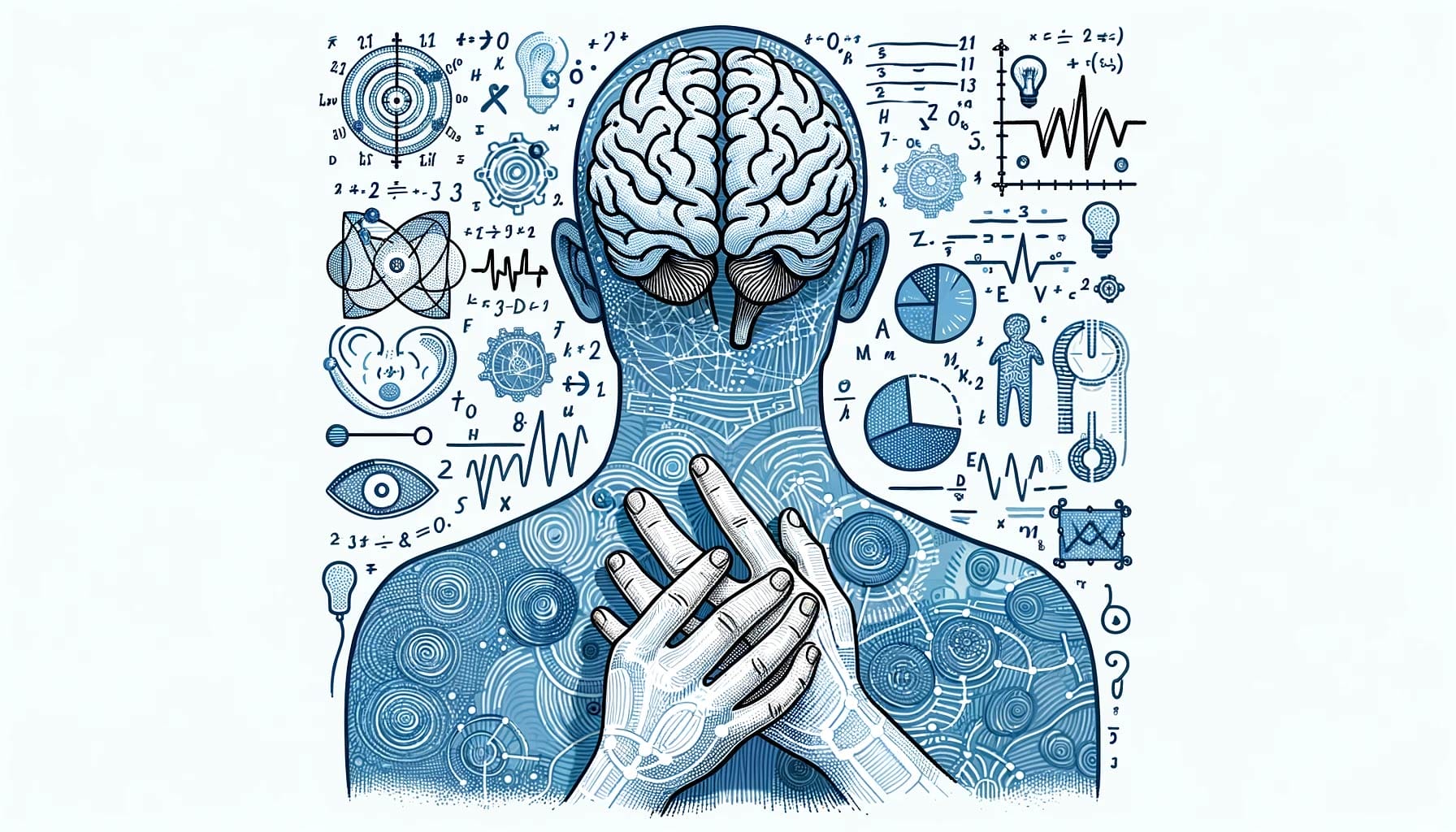
Heart rate variability (HRV) stands as a significant tool in cognitive function and neurological research. Its ability to non-invasively reflect the dynamics of the autonomic nervous system makes it invaluable in understanding the intricate relationship between the heart and brain. As research continues, the applications of HRV in cognitive and neurological fields are likely to expand, offering new insights into the complex world of human cognition and brain health.
Key Takeaways
- HRV is a powerful tool in understanding the heart-brain connection and its impact on cognitive functions.
- The role of HRV in diagnosing and monitoring neurological health is expanding, with applications in neurodegenerative diseases, epilepsy, stroke recovery, and mental health.
- Technological advancements are set to enhance HRV monitoring, making it more accessible and integrated into personal and clinical health management.
- Ongoing research is continually uncovering new applications and insights into HRV, promising a future where HRV is a staple in cognitive and neurological health assessments.
“HRV stands at the crossroads of the heart, brain, and health, offering insights that could transform our approach to cognitive and neurological care.“
You Might Also Be Interested
- 📚 Delve into our comprehensive HRV Article Collection for insightful perspectives on Heart Rate Variability (HRV).
- 🔍 Learn how the advanced features of Fibion Emfit & Fibion Vital can aid you in your HRV research.
- 📅 Planning an HRV measurement and analysis? For a chat with our HRV expert, book a session with Dr. Miriam Cabrita.
Frequently asked questions about this topic:
How does HRV relate to cognitive processes? +
HRV serves as a bridge between cardiac and cognitive health, offering insights into the autonomic nervous system’s functioning and how it responds to cognitive and emotional stressors.
What role does HRV play in emotional regulation and stress response? +
HRV reflects how emotional states impact autonomic activity, with positive emotions typically increasing HRV and negative emotions leading to reduced HRV. It is also an indicator of an individual’s stress resilience and coping capacity.
Can HRV be used to assess cognitive load? +
Yes, HRV is sensitive to changes in cognitive load, providing a non-invasive method to assess mental workload and stress associated with cognitive tasks.
What is the significance of HRV in neurological health? +
HRV measurements are instrumental in diagnosing and monitoring neurological disorders, providing insights into autonomic function in conditions like Parkinson’s, Alzheimer’s, epilepsy, and stroke recovery.
How is HRV used in personalized medicine for neurological conditions? +
HRV data aids in developing personalized treatment plans based on individual autonomic profiles, enhancing both safety and effectiveness in managing neurological conditions.
What future developments are expected in HRV research related to cognitive and neurological health? +
Advancements in wearable technology and data analytics are expected to enhance HRV monitoring, leading to a deeper understanding of drug effects on the autonomic nervous system and more personalized medication strategies.











